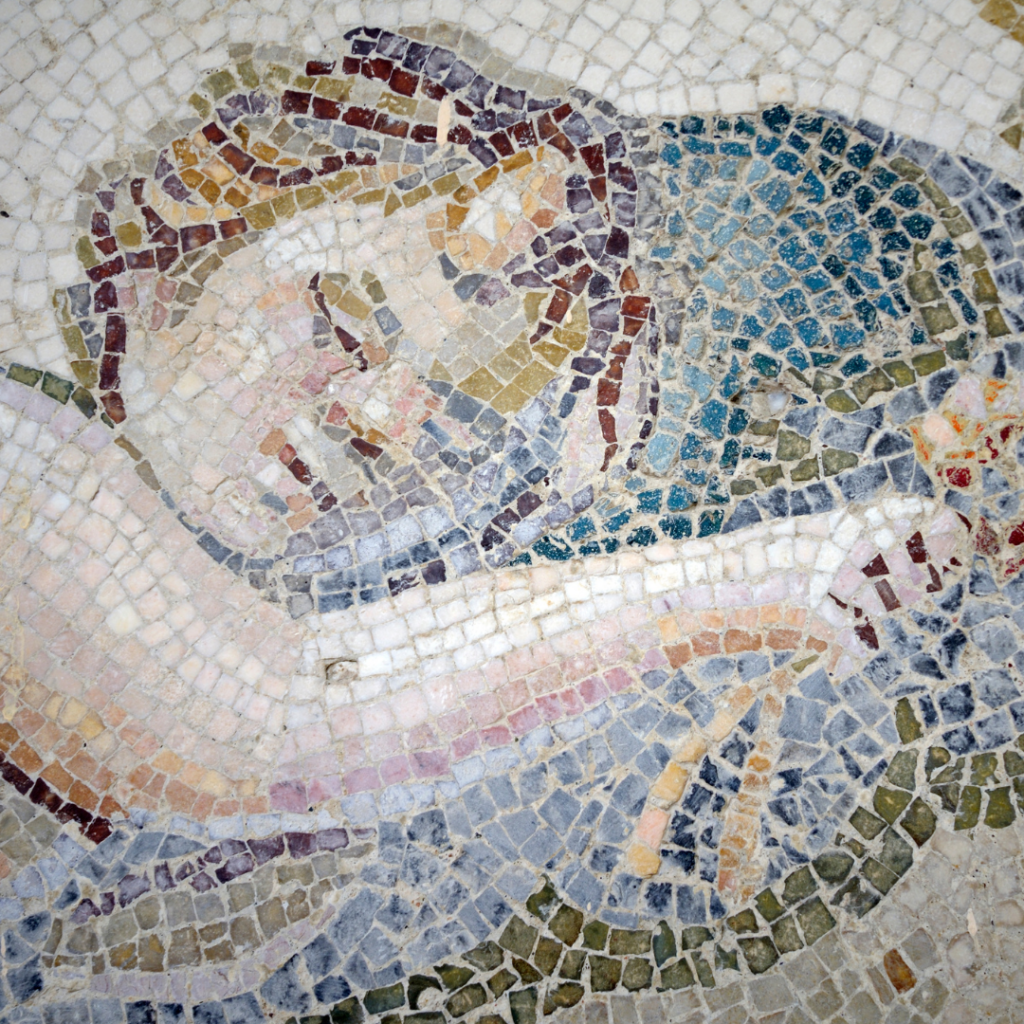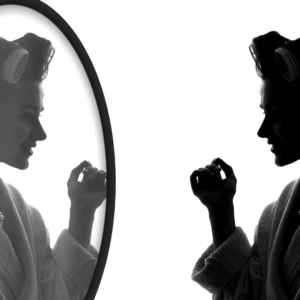Welcome to the heartbeat of Integrative Counsel, our blog where tranquility meets transformation. This is your sanctuary for insights and wisdom on nurturing a harmonious connection between mind, body, and spirit.
My Guide in the Bardo: A Therapist’s Journey with Ketamine

Bardo is a Tibetan Buddhist term meaning between two places. It often refers to the liminal period between death and rebirth but can represent any transitional phase between two states of consciousness. It’s a period of transition during which old patterns dissolve and new ones emerge.
According to Tibetan Buddhism, there are six primary bardos, which can be divided into two categories:
The Bardos of This Life
- We can understand our entire waking life as a bardo state from birth to death;
- The bardo of dreams, in which our consciousness differs from our waking state; and
- The bardo of deep meditation
The Bardos of Dying and Rebirth.
- The bardo of dying is the period between death and the separation of consciousness from the body;
- The bardo of dharmata is “the luminous state of pure awareness” following the separation of consciousness; and
- The bardo of becoming is when consciousness is drawn towards a new incarnation based on one’s karmic imprints.
Tibetan Buddhists stress the importance of maintaining awareness during these transitions between bardo states, a cornerstone of their spiritual practices. These practices include mindfulness, meditation, lucid dreaming (dream yoga), and contemplating death. Through these spiritual disciplines, practitioners learn to prepare the mind to maintain awareness in various states of consciousness—even the dreamlike ones.
I had the occasion to depart from the more common “bardos of this life” when I was fifteen and had a near-death experience (NDE). I experienced many of the typical sensations associated with NDEs, including feeling detached from my physical body and observing “from above,” encountering deceased loved ones, seeing light (not “the light” but multiple lights), feeling a sense of peace with the absence of fear, and being offered a choice to return – or not. I returned, changed.

My life was forever different after that day. I felt like there was “something still to complete.” In my fifteen-year-old mind, it seemed like a “mission” preventing me from letting go. However, I could not name what it was. It was only an underlying feeling, though persistent, that has driven me here – right now, determined to continue exploring what lies on the other side of the veil.
It is unsurprising then that I studied sociology, philosophy, and then in graduate-school mental health counseling (with a certificate in Spirituality and Health). After graduating, returning for a Certificate in Creative Arts Therapies while working in hospice care in NYC. That experience so many years ago profoundly shaped the direction of my life.
In my training to become a ketamine-assisted psychotherapist (KAP), I was incredibly optimistic about entering my first personal KAP session. I had been studying diligently and felt ready for the experiential component. My set intention for my first experience was “to allow.” In hindsight, this intention feels somewhat naive.
It was, therefore, a tremendous shock that I was transported back to that fateful day in 1994. I had never really considered it a trauma because my life had changed for the better after it. However, neither had I ever explicitly addressed what I had been cutting off from myself since that time.
Even though this is the definition of repression—a topic I traverse daily with clients and in my own work—I didn’t know (and hadn’t been able to access until my first KAP session fully) what was beneath my consciousness and how it had been impacting critical areas of my life. The act of not paying attention to these parts of myself was starving me of vital life-force energy.
When I was young, I repressed my life energy in order not to die. My desire to fully experience life had been misguided – as it often is in youth. This led to multiple poor decisions and subsequent traumas. Therefore, after my NDE, I became (mostly) exceedingly “good” and “responsible,” which kept me safe and “on the right track.” However, it was also quite limiting to my full expression of Self. Decades later, as a middle-aged adult woman, I am starting to feel more ready (sturdy and safe enough in myself) to reclaim my “Eros.”

According to Carl Jung, women’s psychology is founded on the principle of “Eros” – “the great binder and loosener.” Though sometimes used as a shorthand for sexuality, it is actually the desire for wholeness.
It was finally time to allow—to loosen my rigidity.
What I experienced during my first experiential KAP session was coming face-to-face with the rejected and repressed aspects of myself. They came barrelling back, and I felt immense agitation while simultaneously feeling “frozen.” (What felt like a concrete block around my pelvis, heart, and head.) The irony is that this was far more uncomfortable than when I was – actually – almost dying.
There is a significant overlap between the experiences reported by individuals under the influence of ketamine and those who have experienced NDEs.
In the 2019 article Neurochemical models of near-death experiences: A large-scale study based on the semantic similarity of written reports by Martial C. et al., it was found that ketamine consistently resulted in reports most similar to those associated with NDEs. This was after assessing the semantic similarity between ≈15,000 reports linked to 165 psychoactive substances and 625 near-death experience narratives.
They go on to suggest that ketamine therapy can be used to simulate the chemical element of a near-death experience as a “safe and reversible experimental model for NDE phenomenology.” And that ketamine could be used to support the speculation that “endogenous NMDA antagonists with neuroprotective properties may be released in the proximity of death.”
Essentially, NDEs may reflect changes in the same chemical system in the brain that is targeted by drugs like ketamine. Both ketamine and NDEs seem to involve alterations in brain activity, particularly related to the NMDA receptor, which plays a crucial role in perception, memory, and consciousness.
People who have taken ketamine also often report sensations similar to NDEs, such as feeling “out of body” (feeling detached from one’s body), tunnel vision, encounters with other beings, and a sense of unity.
It was as if all my neglected parts of Self strongly suggested that I finally pay attention to them. I could have repressed them again, but I was eager to use this opportunity to grow in previously unavailable ways. It mostly, though, felt like staring into the abyss.
I never used ketamine recreationally, but I imagine this is what people refer to when they speak of the “k-hole.” K-hole is slang for the effects of ketamine that feel “out-of-body” (dissociative) and similar to an NDE. Without having a psychotherapeutic perspective about the experience, it could have been truly terrifying.
I wasn’t particularly eager to participate in another KAP session after that, so I waited a while to process and resource myself after the initial experience—this is why “integration” between dosing sessions is so critical!
A few months later, I felt ready to revisit what felt like a personally vital topic and continue with my KAP treatments. My intention this time was a little less credulous. It was to “go beyond” the feeling of stuckness in that concrete mass.

I had been practicing through several means (guided imagery, daily meditation, mindfulness, relaxation techniques, movement, creativity, talk therapy, thought stopping, affirmations, etc.) to reclaim and embrace lost aspects of myself; it was a relief when this ‘personal work’ was reflected in my next session.
During my second treatment, I encountered a ‘melting’ of the bands of silvery stone that seemed to encircle my head, heart, and pelvis, which I had initially felt frozen in. I experienced ease—to a depth I hadn’t felt in a long time.
And rather gullibly, I thought, “Woohoo, I did it—this is it!”
Little did I know what had been bound up on the other side of that hard mass (a little like after being constipated, what I was relieved of during my third session) wasn’t pretty.
For my third experience, my intention was “teach me.” This time, it seemed like I was in a tunnel about arm’s distance to the sides with a great upward rushing and “vacuuming” sensation. I was encircled by “demons” that took on multiple shapes and sizes. However, the strange thing was I wasn’t afraid. I was able to remain curious, even in the face of pain. This felt like a critical inroad to foundational-level healing.
The next time, I wish I could say that it got “easier,” but I’m not sure that is the proper adjective to use in this work. Instead, it was painful, profound, challenging, and necessary. I cried a lot – the first time I had cried during one of these experiences.
It felt like I was grieving not just personal losses but “grief for the ages.” There was, though, also an immense freedom that came with this. After facing demons and grief while also simultaneously experiencing peace and unity, it felt as if a new perspective – witness consciousness – had been granted to me, for a period of time. (Witness consciousness is the state of awareness that involves mental focus without judgment of good or bad. It is being detached from a particular outcome while still fully present.)
Yes, I still get flustered, overwhelmed, and angry. However, there is something inherently healing about not having to push away or overly identify with one’s own psychic material, for that is what my KAP treatments seemed like—just a little house cleaning: sweeping and vacuuming up the debris of lifetimes.
All enemies: all the tigers, lions, elephants, bears, serpents (of our emotions);
And all the keepers of hell; the demons and the horrors,
All of these are bound by the mastery of your mind,
And by the taming of that one mind, all are subdued,
Because from the mind are derived all fears and immeasurable sorrows. Shantideva
My KAP treatments continue, and I’m unsure what to expect next. But I remain curious. I believe that is the mindset for which I must continue to approach this work. As soon as I hope, want, need, or expect something specific, it is challenged (often intensely) and teaches me otherwise.
Within my KAP treatments, I have begun the process of healing trauma related to my near-death experience when I was fifteen. I also believe that it has the potential to heal trauma more broadly – as this life, too, is a state of bardo.
Ketamine-assisted psychotherapy has allowed me to consciously traverse ‘my own private purgatories’ so that I can more courageously face the content and themes that arise – with the ultimate aim of not just living but also dying consciously aware.
What has been my “mission,” still yet undivulged to me, since I was fifteen? The search has brought me here now – to this guide, this teacher: ketamine-assisted psychotherapy.
“In the living world, spirit works through biology.” ~ Rick Strassman
References:
Martial C, Cassol H, Charland-Verville V, Pallavicini C, Sanz C, Zamberlan F, Vivot RM, Erowid F, Erowid E, Laureys S, Greyson B, Tagliazucchi E. Neurochemical models of near-death experiences: A large-scale study based on the semantic similarity of written reports. Conscious Cogn. 2019 Mar;69:52-69. doi: 10.1016/j.concog.2019.01.011. Epub 2019 Feb 1. PMID: 30711788.
Dayna Wood is the founder of Integrative Counsel; at Integrative Counsel, we offer an eclectic style of treatment that integrates the mind, body, and transpersonal. Our “special sauce” combines creative, out-of-the-box thinking with solid scientific research so our clients get the best of both worlds. Our team of experienced counselors has specialized knowledge in relationships, trauma, OCD, and other expansive therapies – aiding people in uncovering deep-rooted emotions and beliefs that remain the cause of present-day symptoms so they can experience more persistent breakthroughs. We understand that mental health is more than just its symptoms!
September 25, 2024
Click here to book a consultation call and start navigating your personal path to mental harmony with a therapist who gets you. Your journey, your pace, your story—let's unfold it together.
Let's keep the conversation going.
Feeling the spark to light up your wellness journey?
resources
CONTACT
RATES
join us
shop
SERVICES
OUR APPROACH
visiting professionals
OUR TEAM
HOME
727.342.0054
hello@integrativecounsel.com
Integrative Counsel is committed to providing culturally competent services. We respect the uniqueness of every person including, but not limited to race, ethnicity, gender identity, sexual orientation, class and religious affiliation.

